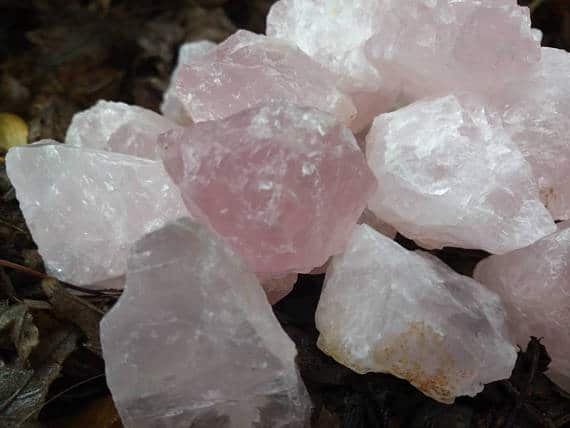Meditation is the key for some who are in recovery. It helps people feel more energized, gain focus and relaxation and can increase consciousness. All of these are important so that the recoveree can maintain a healthy life balance each day. Crystals can assist recoverees with these goals and aid in the discovery of their sober identity.

Amethyst
Amethyst distracts you from addictions and withdrawal symptoms. This crystal helps recharge the mind, body, and spirit. It helps recoverees reconnect to their own spirituality, open their minds to wisdom, and wash away negativity.

Carnelian
The bright orange Carnelian crystal is used to help those who struggle with overeating and marijuana addiction. The Carnelian is a form of quartz that makes users feel both energized and protected. When the Carnelian is held in the right hand and the Azurite crystal is held in the left hand, users can feel relaxed. Drinking Carnelian infused water or wearing jewelry will ease fears and give you more determination during recovery.

Clear quartz
This crystal can help those with a history of substance abuse. This not only works for those recovering from opioid and chemical drugs but for those wanting to resist caffeine and sugar. Clear Quartz helps cut down stress, ease withdrawal symptoms, and tries to block addictive thoughts.

Lepidolite
This crystal helps develop hope, trust, serenity, and acceptance within a person. Lepidolite helps transform recoverees by encouraging self-love, patience, and optimism. This stone is especially helpful for people who have PTSD or manic depression because it stabilizes emotions.

Rose Quartz
This crystal is known as the stone of love and can help you see the reality of toxic relationships. This stone is also effective for people recovering from addictions such as nymphomania. Rose Quartz calms and encourages recoverees to rediscover their love of the arts, music, and writing.
Crystals can be used alongside physical meditation activities such as yoga. They help those in recovery transform their mind, body, and spirit. If you are in need of relaxation and meditation, The Council offers weekly yoga classes. For more information, please click here.
